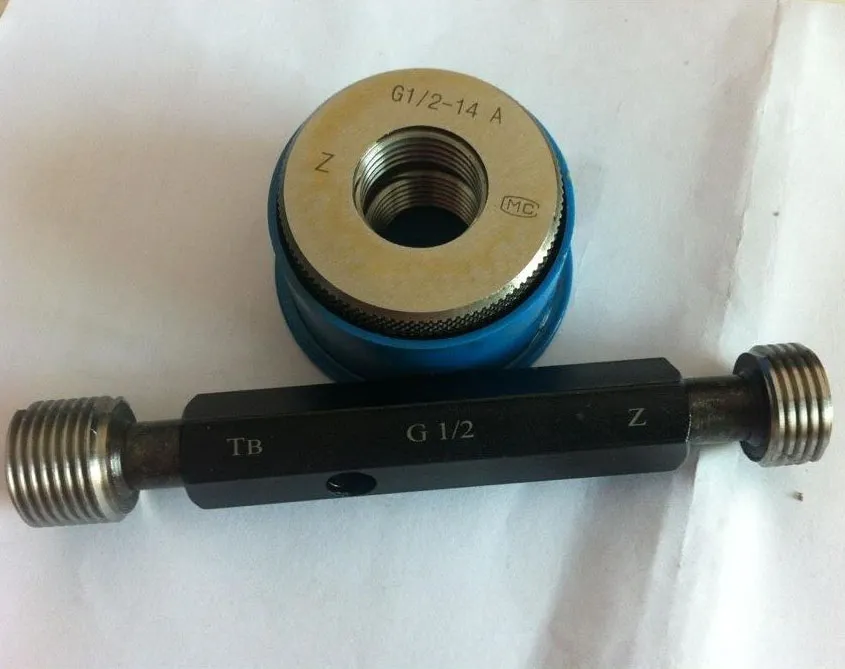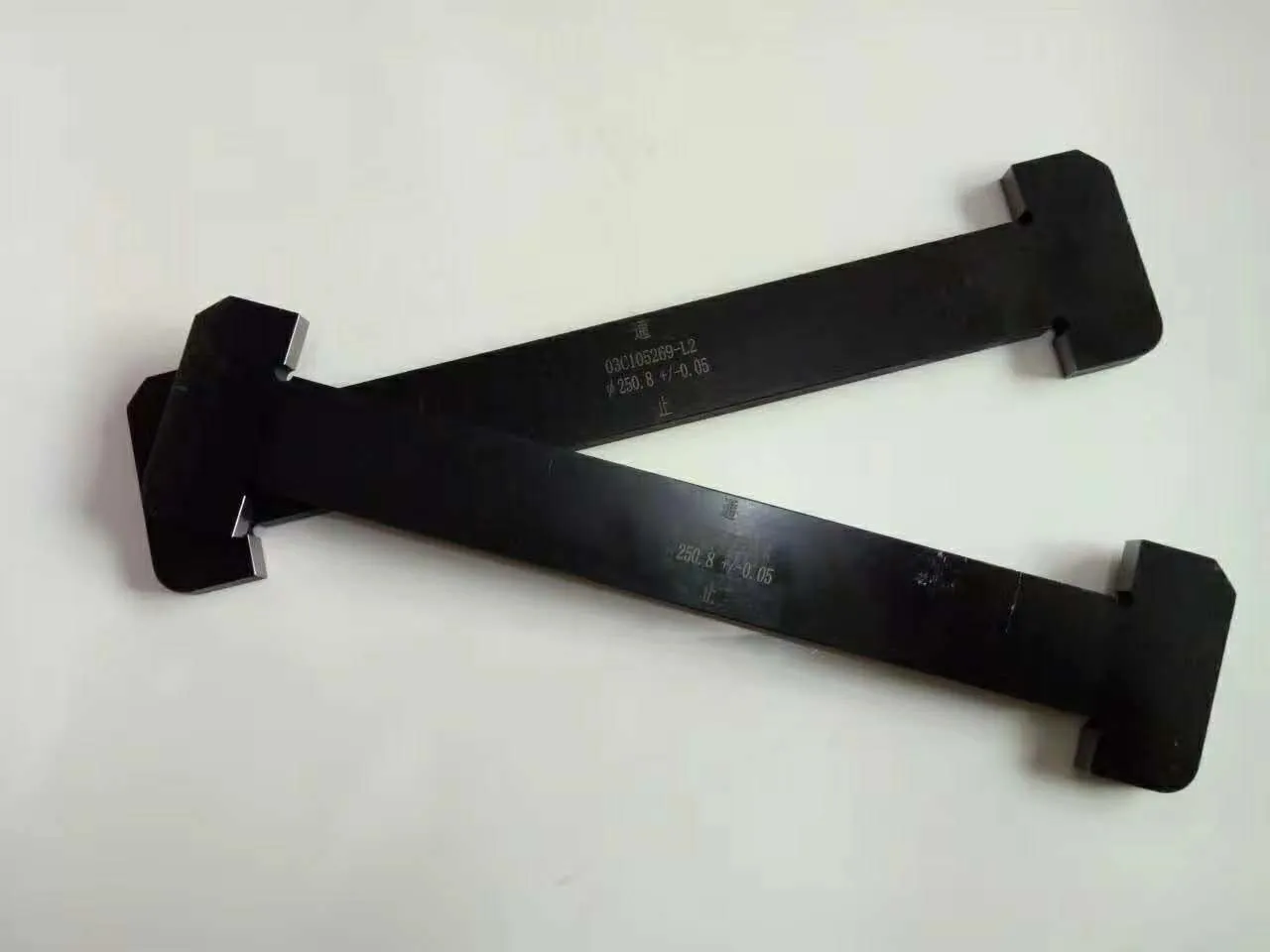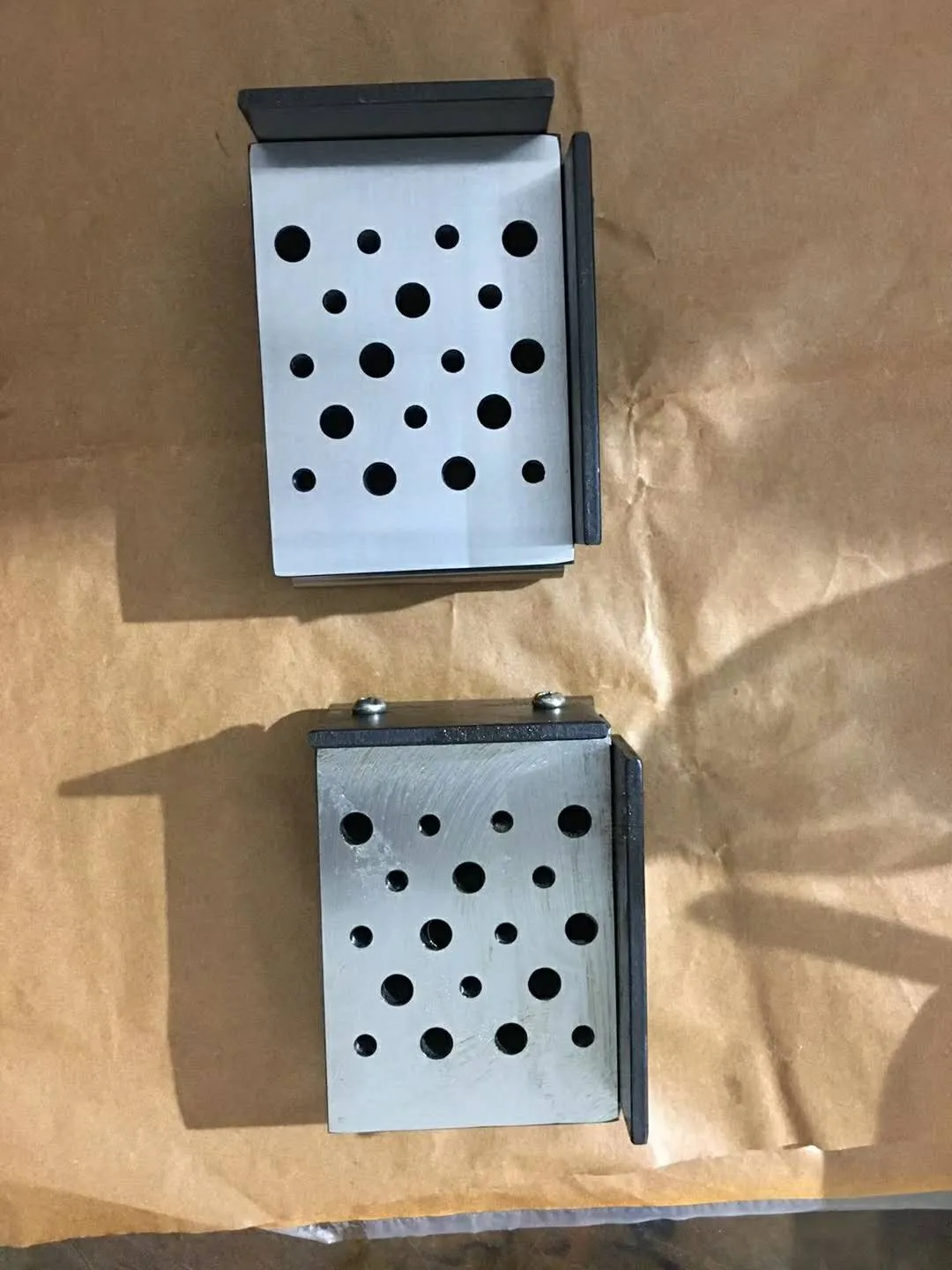Th5 . 29, 2025 16:57 Trở lại danh sách
Understanding the Design of Plug-In Gauge Types and Their Application in Precision Manufacturing
Precision manufacturing demands meticulous measurement tools to ensure components meet exact specifications. Among these tools, types of plug gauges, types of snap gauges, and types of bore gauges are indispensable for verifying dimensional accuracy. This article explores the design principles, material considerations, and industrial applications of these gauges, emphasizing their role in quality control across sectors like aerospace, automotive, and machinery production.

Types of Plug Gauge: Design and Industrial Use
Plug gauges are cylindrical instruments used to inspect the dimensional accuracy of holes. Common types of plug gauges include:
Cylindrical Plug Gauges: Feature a straight, solid design for checking hole diameters. Made from tool steel or carbide, they are hardened to resist wear in high-volume inspections.
Tapered Plug Gauges: Conical in shape, these gauges assess the angle and uniformity of tapered holes, such as those in hydraulic systems or firearm barrels.
Thread Plug Gauges: Designed with threaded surfaces to verify the pitch and depth of internal threads in nuts or engine blocks.
Materials like stainless steel or tungsten carbide ensure longevity in corrosive or high-friction environments. For example, carbide-tipped plug gauges are preferred in automotive manufacturing for their resistance to deformation during repetitive use. Their simplicity and reliability make them a staple in quality assurance workflows. Additionally, plain plug gauges offer a straightforward pass/fail assessment, eliminating ambiguity in inspections. Regular calibration of these tools ensures compliance with international standards, such as ISO or ANSI, maintaining accuracy even after thousands of cycles.

Types of Snap Gauge: Versatility in External Measurement
Snap gauges are tools for measuring external dimensions, such as shafts or pins. Key types of snap gauges include:
Fixed Snap Gauges: Non-adjustable tools with predefined tolerances, ideal for rapid GO/NO-GO checks in mass production.
Adjustable Snap Gauges: Feature movable anvils to accommodate varying tolerances, suited for custom or low-volume manufacturing.
Progressive Snap Gauges: Combine multiple measurement zones to assess different features of a workpiece in a single pass, such as diameter and roundness.
Constructed from hardened steel or ceramic composites, snap gauges balance durability with precision. In industries like bearings manufacturing, they ensure shafts meet tight tolerances, preventing assembly failures. Their ergonomic designs often include insulated handles to reduce heat transfer during prolonged use. Innovations such as laser-etched markings improve readability, while modular designs allow interchangeable anvils for multi-tolerance applications.

Types of Bore Gauge: Precision in Internal Diameter Inspection
Bore gauges measure the internal diameters of holes with high accuracy. Common types of bore gauges include:
Telescoping Bore Gauges: Use spring-loaded arms that expand to contact the hole walls, transferring measurements to micrometers.
Dial Bore Gauges: Equipped with dial indicators for direct readings, ideal for engine cylinder inspections in automotive repair.
Three-Point Bore Gauges: Utilize three contact points for self-centering, ensuring consistent measurements in uneven or worn holes.
Materials like stainless steel or chrome-plated alloys enhance wear resistance, while carbide tips are added for measuring abrasive surfaces. In aerospace, bore gauge types with electronic sensors provide digital outputs for integration with statistical process control systems. For deep or hard-to-reach holes, extendable probes and flexible shafts enable measurements without disassembling machinery, reducing downtime in production lines.
Bore Gauge Types: Mechanical vs. Digital Innovations
The evolution of bore gauge types reflects advancements in metrology:
Mechanical Bore Gauges: Rely on analog mechanisms like levers or dials, favored for their simplicity and low maintenance.
Digital Bore Gauges: Incorporate electronic sensors and LCD displays, offering higher resolution and data-logging capabilities.
Stainless steel remains a staple material for both variants, though digital models often include ceramic components to reduce thermal expansion errors. In precision machining, bore gauge types with wireless connectivity enable real-time data transfer to quality control databases, streamlining compliance reporting. Hybrid designs, such as mechanical gauges with digital adapters, bridge the gap between cost and functionality for small-scale workshops.
FAQS:About Types of Plug Gauges
What distinguishes a plug gauge from a bore gauge in functionality?
Plug gauges are passive tools for verifying hole dimensions, while bore gauges actively measure internal diameters and deviations.
How do snap gauge types adapt to varying workpiece sizes?
Adjustable snap gauge types feature movable anvils or replaceable jaws, allowing customization for different tolerances without replacing the entire tool.
Which bore gauge type is best for measuring deep holes?
Telescoping bore gauge types excel in deep holes due to their extendable arms, which can reach depths inaccessible to rigid designs.
Can plug gauges be used for threaded hole inspections?
Yes, specialized types of plug gauges, like thread plug gauges, are designed to assess thread pitch, depth, and alignment in threaded holes.
Why are digital bore gauge types gaining popularity in manufacturing?
Digital bore gauge types reduce human error through automated readings and enable seamless integration with quality assurance software for trend analysis.
From the simplicity of types of plug gauges to the advanced capabilities of digital bore gauge types, these tools are vital for maintaining precision in manufacturing. Snap gauge types ensure external dimensions adhere to specifications, while bore gauges provide critical data on internal geometries. Material innovations, such as carbide coatings or ceramic composites, continue to enhance their durability and accuracy. The integration of digital interfaces and wireless connectivity further aligns these tools with Industry 4.0 trends, enabling real-time quality monitoring. Whether through the rapid pass/fail assessment of plain plug gauges or the detailed analytics of digital bore gauge types, these instruments streamline production cycles while upholding rigorous tolerances. As industries push toward tighter tolerances and smarter production, the role of these gauges will only grow, solidifying their place as cornerstones of quality control.
-
Why the Right Angle Ruler Reigns in MetalworkingTin tứcJul.21,2025
-
The Enduring Allure of Granite Boxes in Modern InteriorsTin tứcJul.21,2025
-
The Digital Gauging Revolution: Reshaping Thread Rings Inspection's FutureTin tứcJul.21,2025
-
How Modern Inspection Platforms Transcend Surface MeasurementTin tứcJul.21,2025
-
How Customization Drives Wholesale Success in Parallel RulersTin tứcJul.21,2025
-
Fortifying Permanent Steel Ground Anchors Against Corrosion's OnslaughtTin tứcJul.21,2025
Những sảm phẩm tương tự









